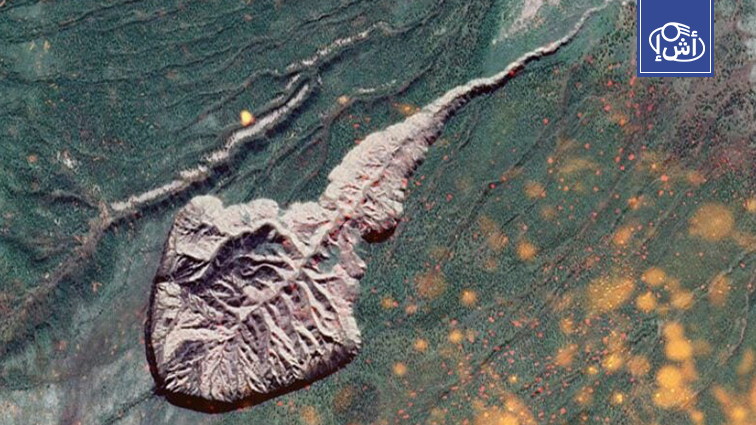Siberia’s Battajica Crater region, known as the “Gate of Hell,” continues to grow at a staggering 35 million cubic feet per year.
This natural phenomenon, not a volcanic crater, but a depression caused by the collapse of the earth under the influence of thawing frozen soil, is now expanding to cover an area of one kilometer in length and 800 meters in width.
Located in the Chersky mountain range in northeastern Siberia, the crater is experiencing marked changes in the surrounding landscape, and studies show that it arose due to the influence of permafrost, which are layers of land that have been frozen for more than two years and maintain subzero temperatures.
As global temperatures rise, this soil melts leaving behind unstable mud masses, causing the crater tips to collapse, decomposing exposed organic matter, releasing carbon into the atmosphere, and accelerating climate change.
In 2016, this phenomenon led to the release of anthrax bacteria preserved in frozen soil, which led to the death of thousands of animals and affected a number of local residents.
This crater is now a focal point for environmental and geological studies to understand the impact of thawing frozen land on our global environment and the future of the Earth.
Astronomy enthusiasts are preparing to follow a rare planetary parade in the June sky
